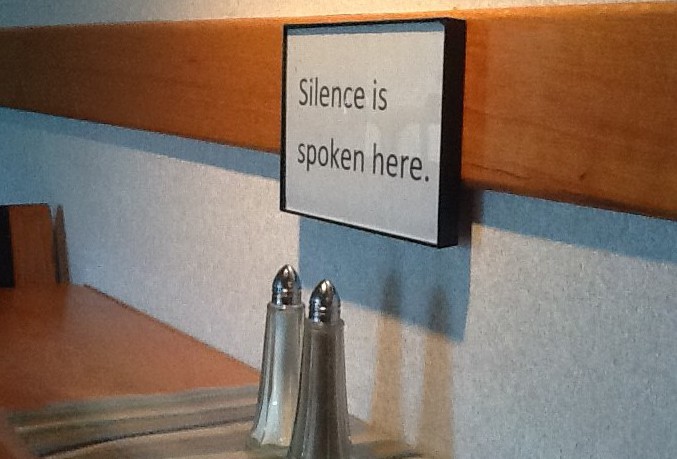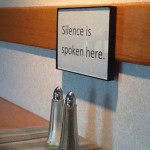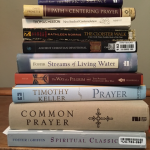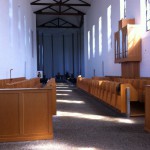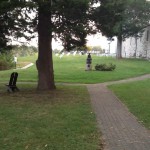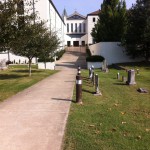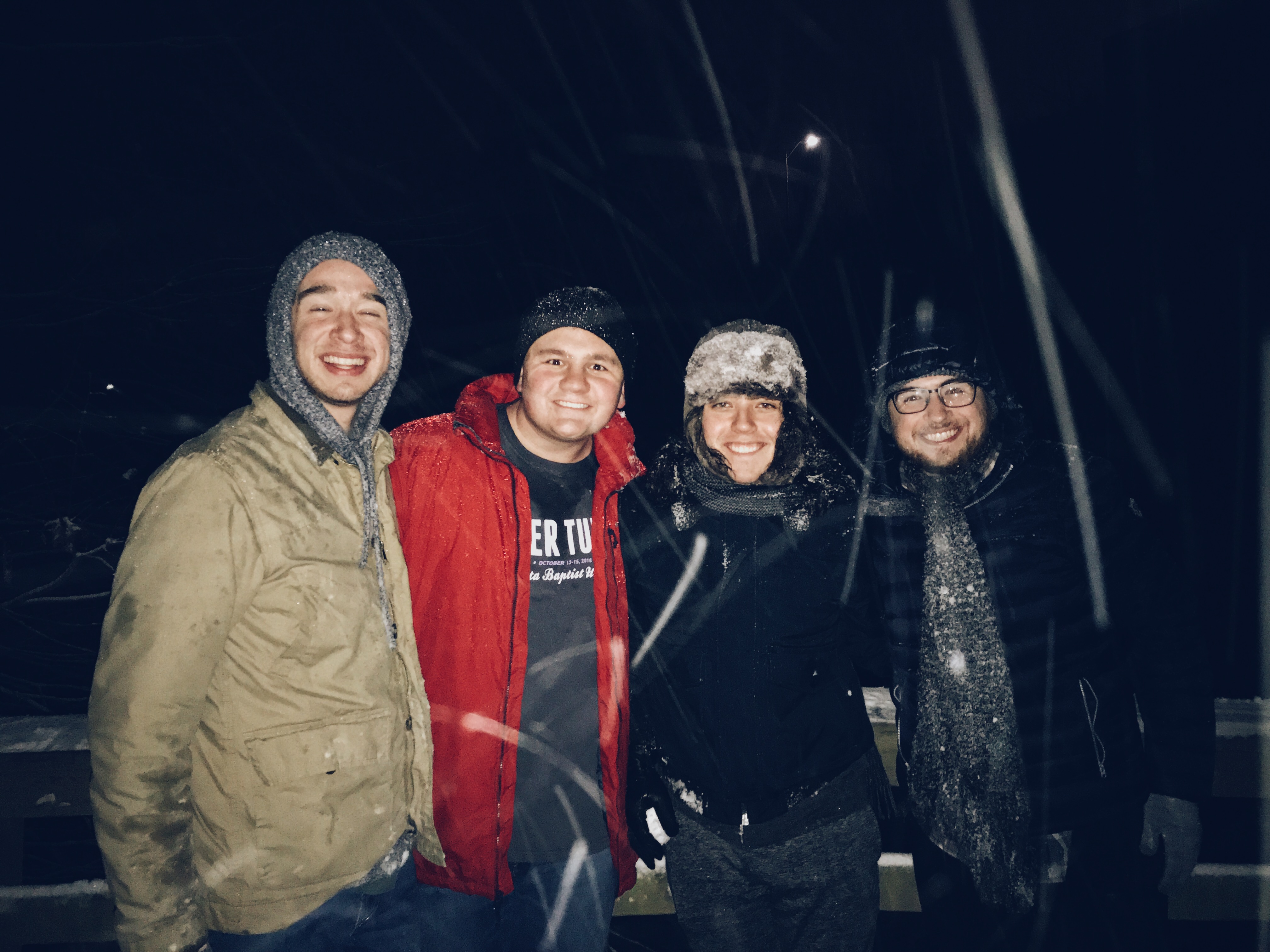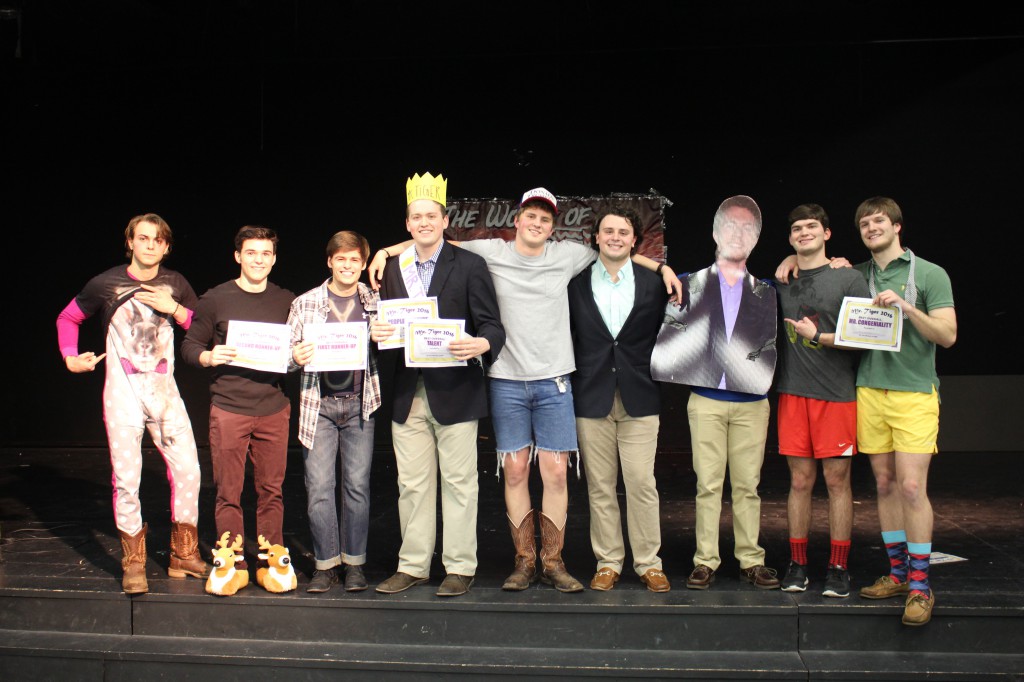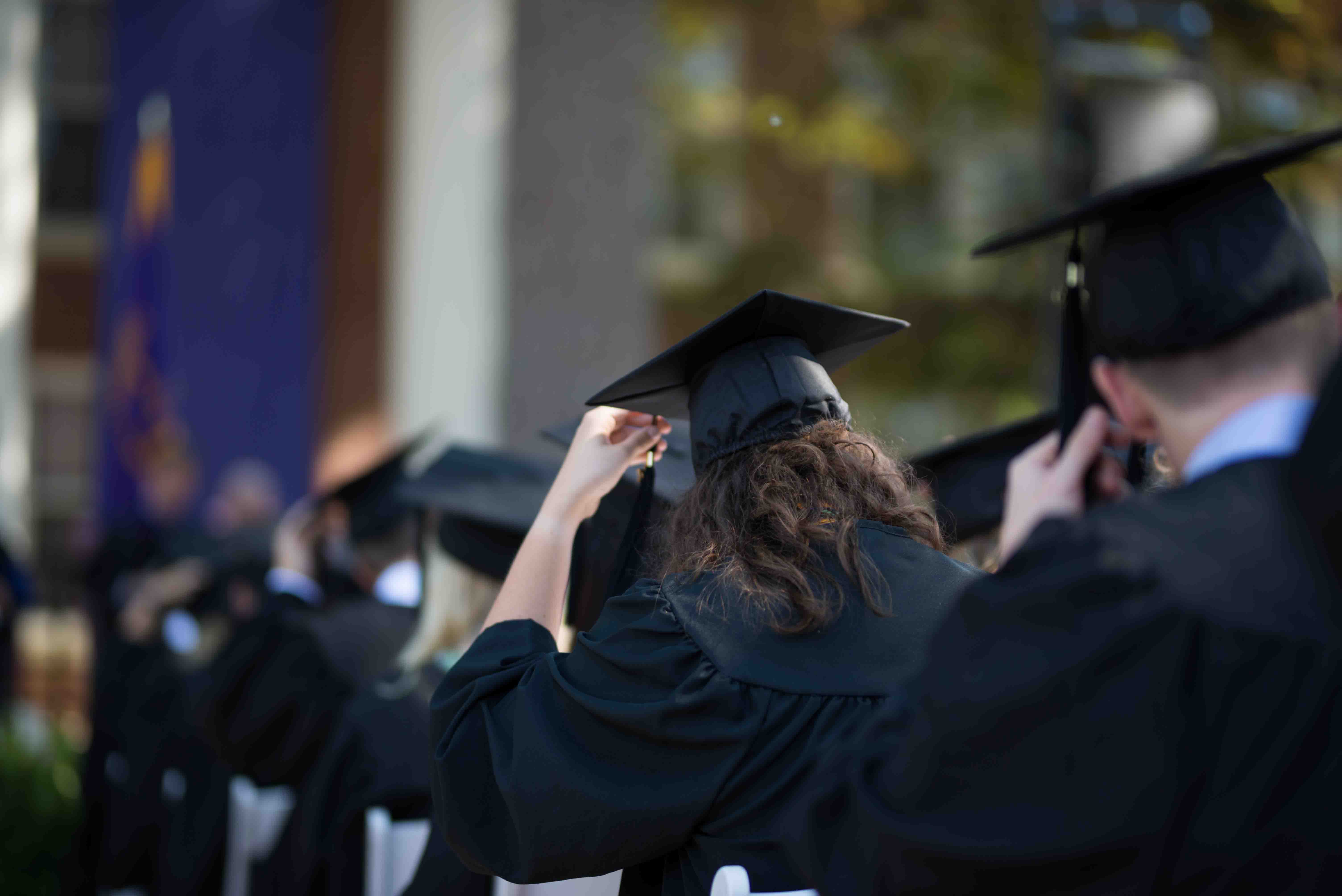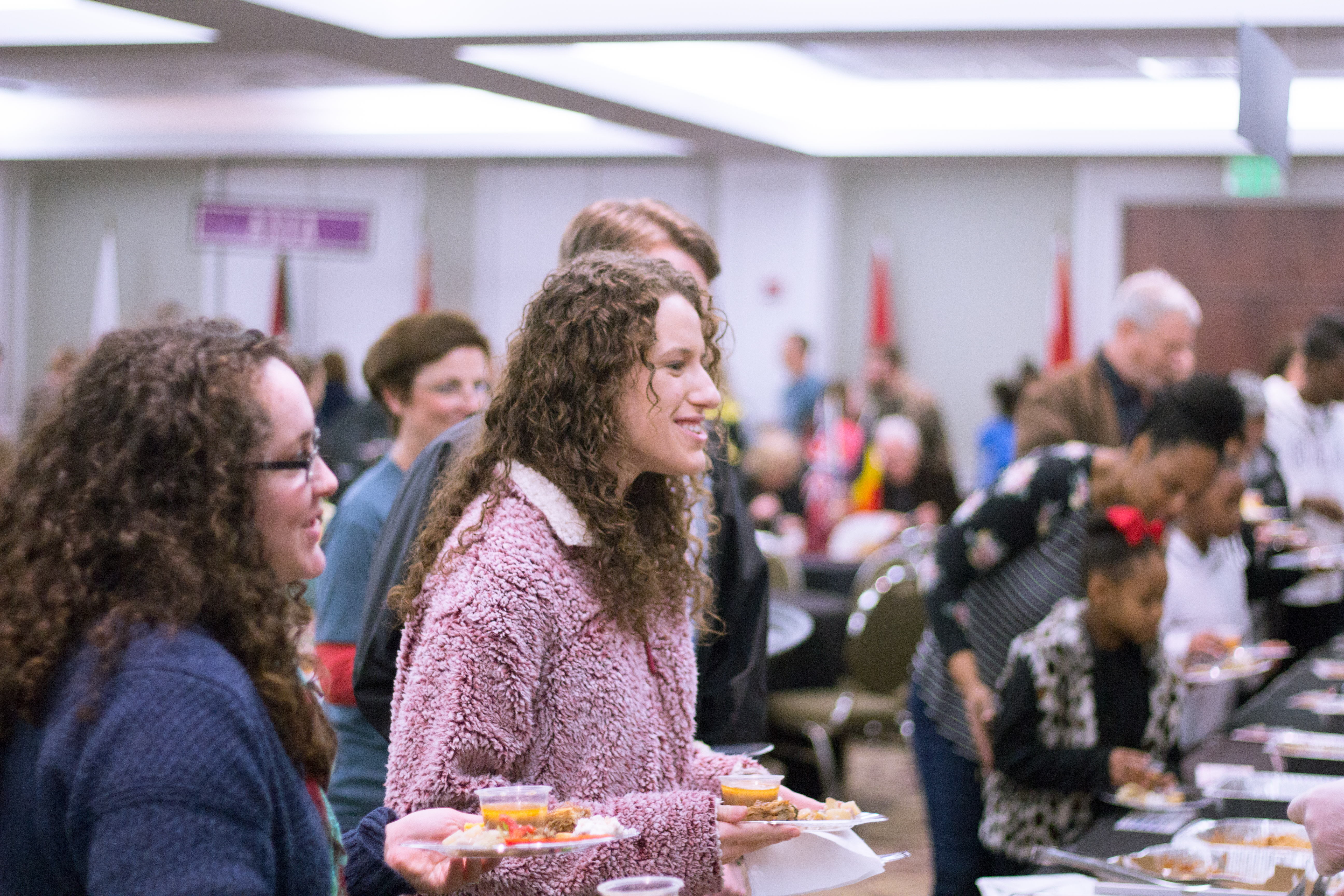“Is there a way silence speaks?” The question that Dr. Rob Hewell, professor of music, asked himself upon finding a plaque at a monastery that would frame his presentation to the faculty about his sabbatical experience during the faculty colloquium last Wednesday.
Silence. Anticipation. Intention. Simple. Listen. Focus. All words Dr. Hewell used to describe what he learned during his sabbatical in the Fall of 2014.
Inspired is the word that came to mind when I left Dr. Hewell’s office. Hearing about his journey, his adventures and the amazing things he learned all made me feel a bit of wanderlust.
As Dr. Hewell answered my questions you could easily hear the passion in his voice about what he had experienced. There were three main focuses of his sabbatical that we discussed.
The first was the opportunity he had to visit six different churches and congregations he wouldn’t normal get to visit. The second was becoming more familiar with the technology and media environment for church services. He was able to attend the WFX Media Technology Worship Conference in Dallas in the fall of 2014. While at the conference of 3,000 people and many service companies he learned all about technology used in worship from light boards and sound systems to indoor fireworks and confetti cannons.
“I was really blown away by the whole thing. By the amount of energy and the companies and the technology and the sound equipment. It was really spectacular,” Hewell said. “I would like to go again sometime, when I have the opportunity.”
The third component aimed at the study and discipline of silence in Christian practices and personal worship. He had the opportunity to attend an abbey, The Abbey of Gethsemani in Bartstown, Kentucky, for a silent retreat.
“This was a very rich experience because you are focused on meditating and thinking and so you spend some time in solitude and also in the services. There are also points where there is communal silence.”
Hewell stayed three days where he participated in the services of the monks. The first was 3:15 in the morning.
“That is also a very rich experience because you are honoring the silence that others are participating in,” Hewell said. “It follows the reading of a scripture passage or a devotional of some kind and there are moments to think about what has just been read or spoken. It was very purposeful.”
While he was only there to experience this for three days, he says that what he experienced is what monks do on a daily basis. The some 40-50 people on the retreat, while they did not sit among the monks, participated in the exact same things they did.
“When they were silent, we were silent. When they were singing psalms, we had little booklets to sing along with them.”
At a silent retreat you don’t talk to anyone. Even at meal times. You are hearing only “the sounds of nature and the farms fairly close by” and the “vibrant sound environment” in the gardens and your surroundings. You’re practicing silence and you aren’t engaged in any conversation.
The Abbey of Gathsemani is a non-profit, but offerings are welcome. You can go on silent retreat for no charge for three days to a full week.
“Three days were not long enough. I would certainly like to go back and stay longer.”
While at the abbey the idea of silence was sparked by a plaque at a table in the dining hall that said “Silence is spoken here.” Hewell said this was the most intriguing concept of the whole study and experience.
“Is there a language for the practice of silence?”
The idea that silence is powerful. Practice of silence is not just about stopping and listening, but listening differently, in an internal and deeply personal way.
During his time of learning he read and studied some 12 to 15 books, but the one that impacted him most was “Keeping Silence” by C.W. McPherson. He recommends it to anyone interested in learning more about the practice of silence.
Hewell’s sabbatical presentation was mostly just to inform the faculty and staff about his trip and what he did and learned, but he hopes that if anything, it intrigued the faculty to think more about the idea of silence, to spark the idea that silence is powerful and can be implicated inside and outside of the classroom.
“I’ve continued to implement this practice of silence if not daily at least on a regular basis,” Hewell said.
By Riley Madlock

